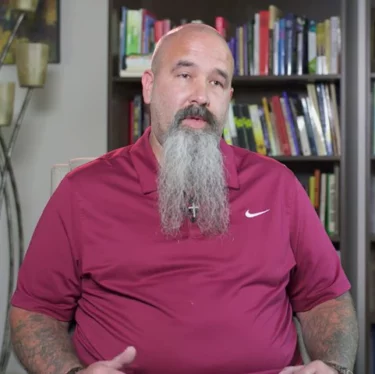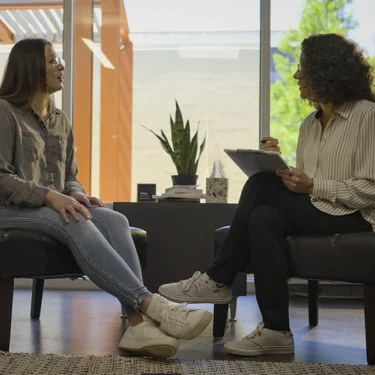We know there are many paths to recovery, but some of those paths lead people astray.
Despite the presence of standards and accreditation for recovery housing, too many states are failing to adopt those guidelines or develop an oversight framework to ensure recovery housing remains a safe, reliable option for people in recovery.
“Safe and supportive housing is critical to recovery from a substance use disorder,” said Dave Sheridan, president of the National Association of Recovery Residences (NARR). “Standards and accreditation have gone a long way toward differentiating good from bad providers, but there are too many people engaged in fraud and abuse. They are bilking Medicaid and private insurance by taking advantage of people who want to recover.”
What’s the problem?
A recent patient-brokering scandal in Arizona is the latest example of what can go wrong.
In May 2023, Arizona Governor Katie Hobbs said residential homes and clinics billed the state Medicaid agency’s American Indian Health Program for treatment and services that weren’t provided adequately, while people — most of whom were Native — were housed in places that often weren’t safe or sober.
The U.S. attorney’s office indicted Diana Moore, who pleaded guilty to wire fraud and money laundering. Between 2019 and 2022, Moore applied with the state’s Medicaid agency to provide services for patients at her three behavioral health care facilities. To hide her ownership stake — and avoid disclosing a prior felony conviction, as required — Moore claimed others owned the facilities, according to a federal plea agreement.
Moore paid other providers to ferry people to her facilities, often for a single day to record their state Medicaid ID numbers, according to the plea agreement. Then, Moore submitted bogus bills claiming her homes were providing counseling services for up to 90 days, according to the Washington Post. In all, Arizona’s Medicaid agency paid Moore’s clinics $22.4 million.
What’s the solution?
To help avoid waste, fraud and abuse and to provide the best recovery housing resources for people, the National Council and NARR developed standards and an oversight framework:
- Building Recovery: State Policy Guide for Supporting Recovery Housing provides states with guidance as they consider legislative and regulatory approaches.
- Demonstrating the Value of Recovery Housing: Technical Expert Panel Findings was a separate effort to develop and provide further guidance.
- Best Practices for Recovery Housing, developed by the Substance Abuse and Mental Health Services Administration (SAMHSA), also offers useful information.
Voluntary state accreditation is one strategy that holds promise, Sheridan said.
“Florida adopted voluntary accreditation. You don’t have to have certification, but unless you do, you can’t get referrals, including self-referrals by a program to its own housing. Housing isn’t eligible for state funding unless the facilities are certified, and the quickest way to lose certification is to engage in fraud schemes,” he said.
But it all begins with a policy and enforcement framework — laws against fraud and abuse and aggressive enforcement.
“Without targeted enforcement, even the most rigorous requirements don’t achieve results,” Sheridan said. “That’s why Arizona has systemic fraud and abuse, and Florida does not.”
Why now?
There’s new momentum for recovery housing. In November, the American Society for Addiction Medicine (ASAM) provided full recognition of recovery housing in its continuum of care, the first time ASAM has provided a formal endorsement of recovery housing.
“That was a huge step forward in efforts to continue the momentum behind recovery housing, and the timing is perfect because we anticipate that the strong demand for it will continue,” said Aaron Williams, senior advisor at the National Council. “We applaud ASAM for the steps it took in recognizing the role recovery housing plays in helping people get the treatment and care they need in a supportive setting.”
The National Survey on Drug Use and Health found:
- 48.7 million people aged 12 or older had a substance use disorder in 2022, versus 46.3 million in 2021.
- Among people aged 12 or older in 2022 who were classified as needing substance use treatment in the past year, about 1 in 4 (24% or 13.1 million people) received substance use treatment in the past year.
- Among the 1.8 million adolescents aged 12 to 17 in 2022 who had a substance use disorder in the past year and did not receive substance use treatment in the past year, 97.5% (1.7 million people) did not seek treatment or think they should get it.
But as recovery housing receives more recognition as a resource for people in recovery, and as demand grows, states must improve standards for and oversight of recovery housing, a key component of comprehensive, recovery-oriented systems of care.




